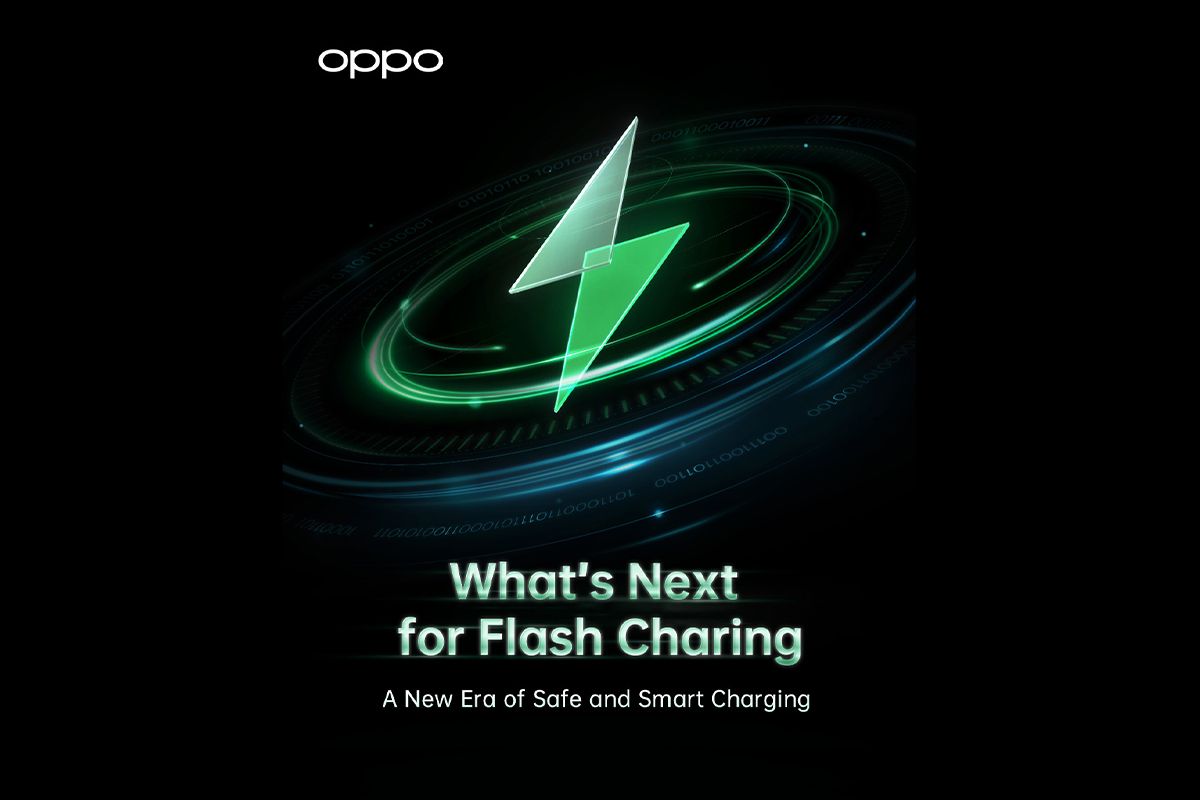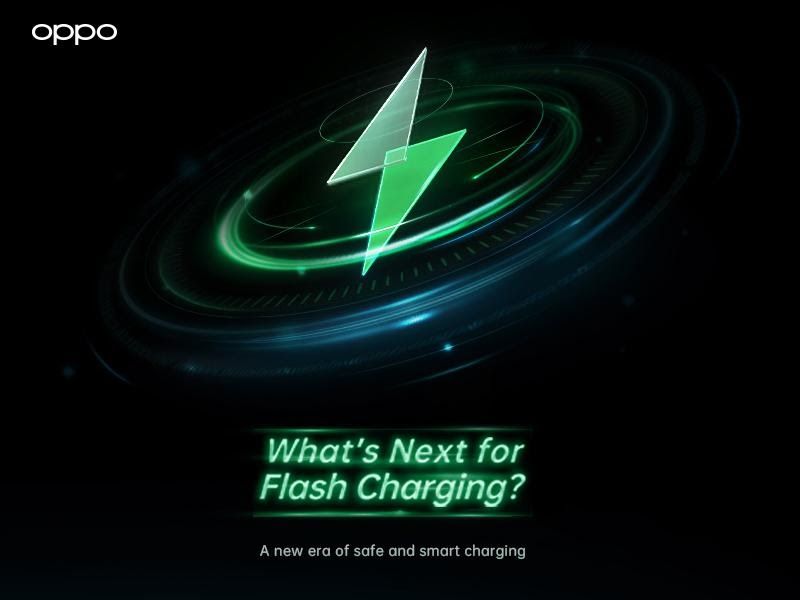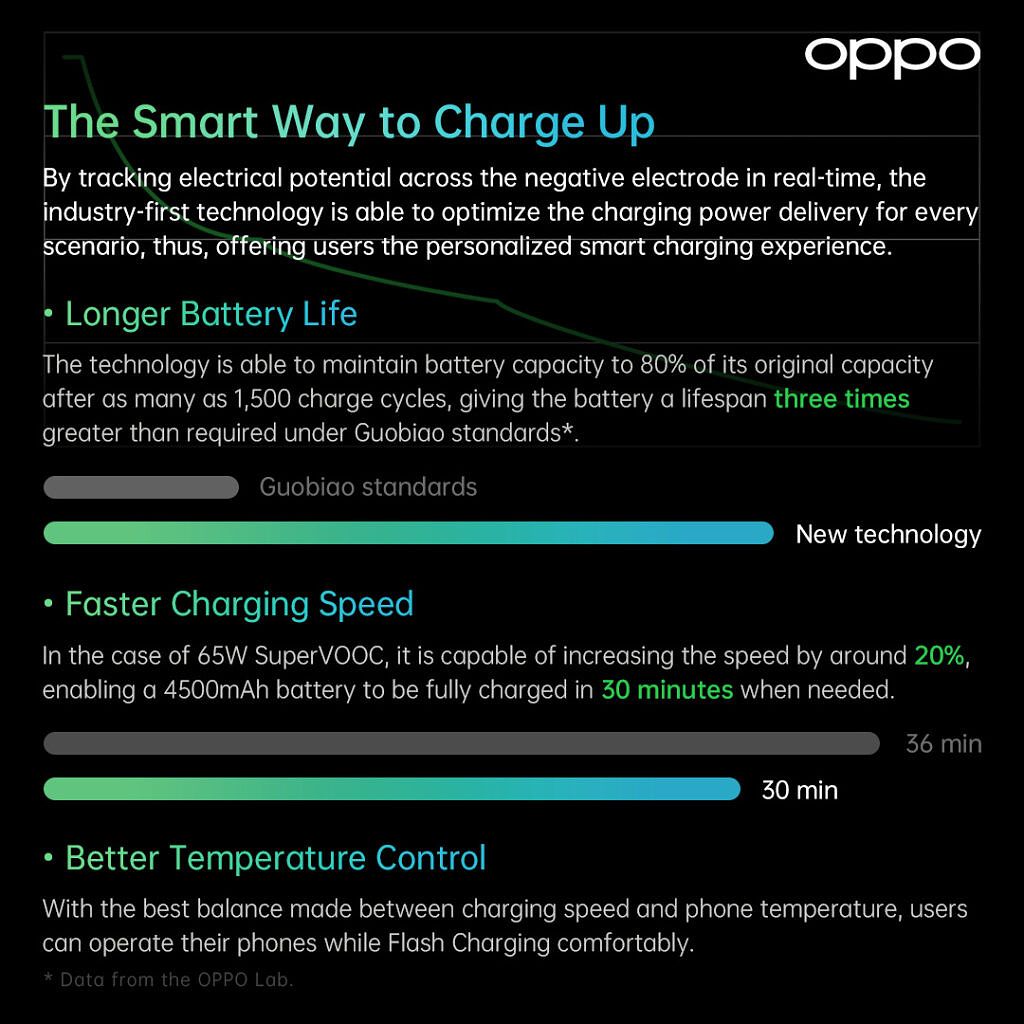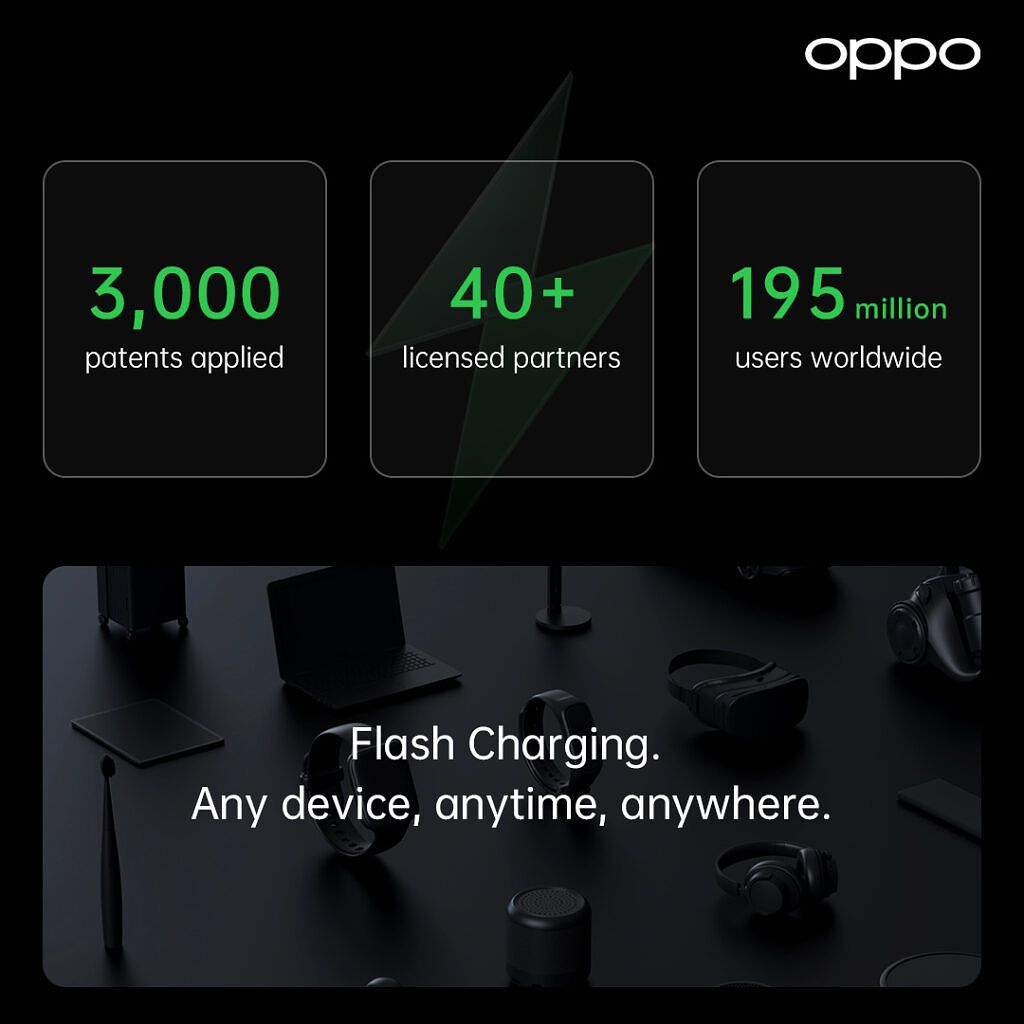OPPO was one of the first few brands to announce a proprietary fast charging tech that was actually, well, fast. They called it VOOC, and we saw an adaptation of the technology on the OnePlus 3 in the form of Dash Charge, which was limited to 20W. Even with just 20W of power, Dash Charge was one of the fastest charging solutions at the time. Over the years, OPPO has extensively worked on VOOC Flash Charge, and we now see it on quite a few phones from OPPO, OnePlus, and even Realme, albeit through different names. OPPO has now announced that it's introducing a new generation of safer and smarter charging to further build on the advantages of VOOC.
VOOC Flash Charge works using a combination of charging circuitry in the charger that allows for high current flow as well as a dual-cell battery implementation on the phone. This is done so that instead of charging a single high-capacity battery of around 4000mAh, two batteries of 2000mAh each can be charged parallelly to achieve the best charging speeds. It's not just about the speeds, though. OPPO has emphasized safety and efficiency with VOOC Flash Charge, and that's the main focus going forward.
To ensure safety while charging at high currents, OPPO has put in place a five-fold safety protection system along with exploring new materials, AI algorithms, and charging architectures that can further improve the tech. Here are some of the steps OPPO is taking to make VOOC Flash Charge safer:
- Using a fuse with a lower impedance: A lower impedance value means that the fuse will blow instantly if there is a current overload, hence protecting the battery by cutting off supply.
- Using GaN Switches: OPPO is using GaN or Gallium Nitride switches for the first time in its phones, and this is being done to reduce the area occupied by a traditional MOSFET switch and to control heat generation.
- A series bi-cell design: As mentioned earlier, VOOC Flash Charge uses two cells connected in series. The latest improvement allows for a 5% larger battery while maintaining the same physical footprint.
- Battery Safety Detection Chip: OPPO uses a custom chip with AI algorithms to detect if the battery has suffered any damage or if it's behaving differently.
- Composite Current Collector: The battery uses a new composite material sandwiched between two aluminum layers that provides a better structure than conventional implementations and prevents short circuits.
Along with these safety measures, OPPO has also talked about making the charging tech smarter to optimize both battery life as well as charging speeds. You probably would've heard that fast charging affects the health of the battery in the long run. OPPO is taking the following steps to minimize that effect:
- OPPO has ensured that using 65W SuperVOOC charging can maintain the battery level up to 80% of its original capacity even after 1,500 charging cycles.
- The charging speeds can be varied depending on the requirement. In a hurry, SuperVOOC can be 20% faster, allowing a 4500mAh battery to be charged completely in under 30 minutes.
- A new tech that balances charging speed and temperature has been put in place to ensure that users can operate the phone even while charging without feeling any discomfort.
SuperVOOC Charging is currently supported on up to 30 devices, and OPPO is working on bringing this tech to more devices. They're also working on wireless charging standards to speed it up and bring it to the level of wired charging in terms of both speed and efficiency.




